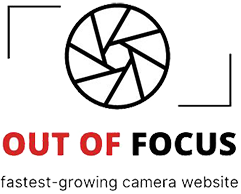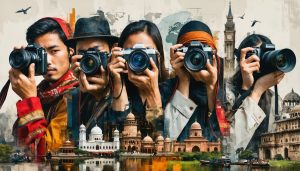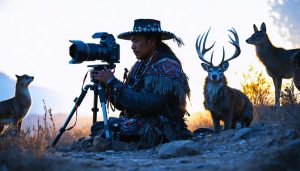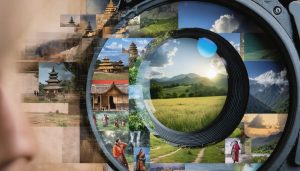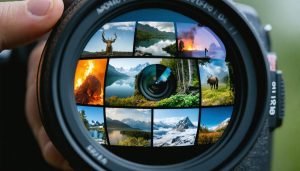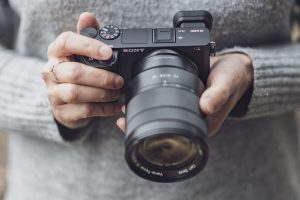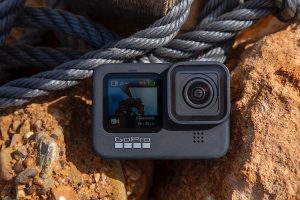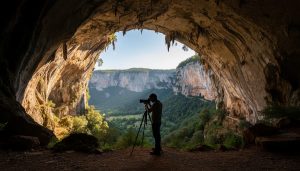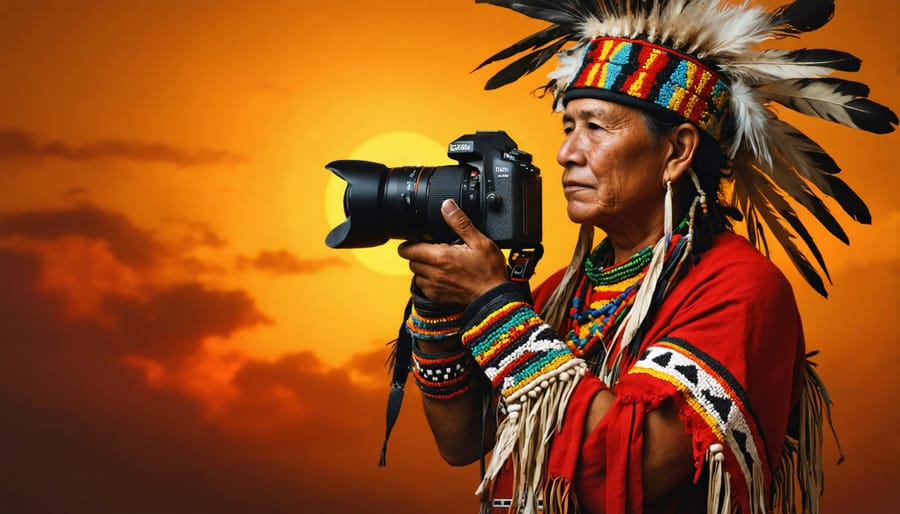
Photography’s colonial legacy has shaped how we see and capture the world for generations, but a powerful shift is underway. As indigenous vision in photography gains prominence, photographers are reimagining their approach to representation, storytelling, and visual sovereignty. This transformation extends beyond merely changing who’s behind the lens – it’s revolutionizing fundamental aspects of composition, subject relationship, and narrative structure.
The decolonization of photography challenges traditional Western perspectives that have dominated the medium since its inception. Where colonial photography often exoticized or objectified indigenous subjects, contemporary indigenous photographers are reclaiming their visual identity through intimate, community-centered approaches. They’re introducing alternative ways of seeing that honor traditional knowledge systems while pushing technical and creative boundaries.
This movement isn’t just changing how images are captured – it’s transforming how they’re shared, archived, and understood. By incorporating indigenous methodologies and worldviews, photographers are creating more ethical, inclusive, and authentically representative visual narratives. These emerging practices offer valuable lessons for all photographers about respect, responsibility, and the power of perspective in visual storytelling.
Breaking Colonial Visual Narratives
Traditional vs. Colonial Gaze
The fundamental difference between traditional and colonial photographic perspectives lies in their approach to representation and relationship with the subject. While colonial photography often objectifies and exoticizes its subjects, treating them as specimens to be documented, traditional indigenous approaches emphasize connection, respect, and reciprocity. This contrast in cultural perspectives in visual storytelling shapes everything from composition to timing and context.
Indigenous photographers often prioritize collective storytelling and community consent, waiting for the right moment that honors both the subject and their cultural traditions. In contrast, colonial photography historically focused on rapid documentation and classification, often disregarding cultural sensitivities and sacred practices.
The difference extends to technical choices as well. Traditional approaches might favor specific angles that show respect, such as eye-level perspectives rather than looking down on subjects, or choosing times of day that align with cultural significance rather than just optimal lighting conditions. These choices reflect a deeper understanding of the relationship between photographer, subject, and community, challenging the dominant Western paradigm of the detached observer.

Reclaiming Visual Sovereignty
Indigenous photographers are leading a powerful movement to reclaim control over how their communities are portrayed in visual media. Rather than allowing outsiders to document their culture through a colonial lens, they’re creating authentic visual narratives that reflect their true lived experiences, traditions, and contemporary realities.
Photographers like Cara Romero (Chemehuevi) and Tailyr Irvine (Confederated Salish and Kootenai) are producing work that challenges stereotypical representations while celebrating the vibrant diversity of indigenous life. They employ both traditional and modern photographic techniques to create images that speak directly from their cultural perspective.
This reclamation extends beyond artistic expression into commercial and documentary photography. Indigenous photographers are increasingly taking the lead in documenting their communities’ important events, creating stock photography that accurately represents their people, and developing photo archives that preserve their heritage on their own terms.
The movement also emphasizes mentorship and education, with established photographers training the next generation to carry forward this vital work of visual sovereignty. Through workshops, exhibitions, and online platforms, they’re building networks that support indigenous perspectives in contemporary photography.
Technical Innovations Through Cultural Lens
Alternative Composition Techniques
Indigenous approaches to photography often challenge the Western conventions of composition, offering fresh perspectives that enrich our understanding of global photographic techniques. Rather than adhering strictly to the rule of thirds or linear perspective, many indigenous photographers embrace circular compositions and multiple viewpoints within a single frame.
One striking example is the concept of relational space, where subjects are positioned to show their interconnectedness rather than isolation. Instead of creating a clear foreground and background hierarchy, elements might be arranged in a way that suggests equality and mutual dependency. This approach often results in images that feel more organic and less rigidly structured than traditional Western compositions.
Indigenous photographers frequently incorporate natural patterns and rhythms into their work, drawing inspiration from traditional storytelling circles and ceremonial arrangements. The horizon line, for instance, might be deliberately curved or multiple horizons included to represent different planes of existence or temporal relationships.
Another distinctive feature is the use of negative space, which often carries as much significance as the subjects themselves. This space isn’t treated as empty background but as an active element representing spiritual presence or ancestral connections. By understanding and incorporating these alternative approaches, photographers can expand their creative vocabulary and develop more inclusive visual narratives.
Cultural Elements in Modern Photography
Modern photographers are increasingly incorporating traditional cultural elements into their work, creating a powerful fusion that bridges ancestral wisdom with contemporary techniques. This integration goes beyond merely capturing indigenous subjects; it involves understanding and respecting cultural symbolism, traditional storytelling methods, and sacred perspectives on image-making.
Photographers like Cara Romero and Matika Wilbur exemplify this approach by using advanced lighting techniques and high-end digital equipment while maintaining their cultures’ traditional storytelling elements. For instance, Romero’s underwater photography series combines Chemehuevi cultural narratives with cutting-edge underwater camera technology to create striking contemporary art pieces.
The integration often manifests in unique compositional choices, such as circular formats that reflect indigenous concepts of time and space, or the intentional use of natural light to honor traditional relationships with the environment. Some photographers incorporate traditional materials into their process, like using handwoven textiles as backdrops or creating prints on indigenous-made papers.
Color theory in modern indigenous photography often draws from traditional color symbolism while leveraging digital color grading capabilities. This creates images that speak both to contemporary audiences and cultural heritage. Many photographers also experiment with multiple exposure techniques to represent spiritual concepts and ancestral connections in ways that resonate with modern viewers while maintaining cultural authenticity.
This synthesis of old and new demonstrates how decolonization in photography isn’t about rejecting modern tools, but rather about reclaiming how these tools are used to tell authentic stories.
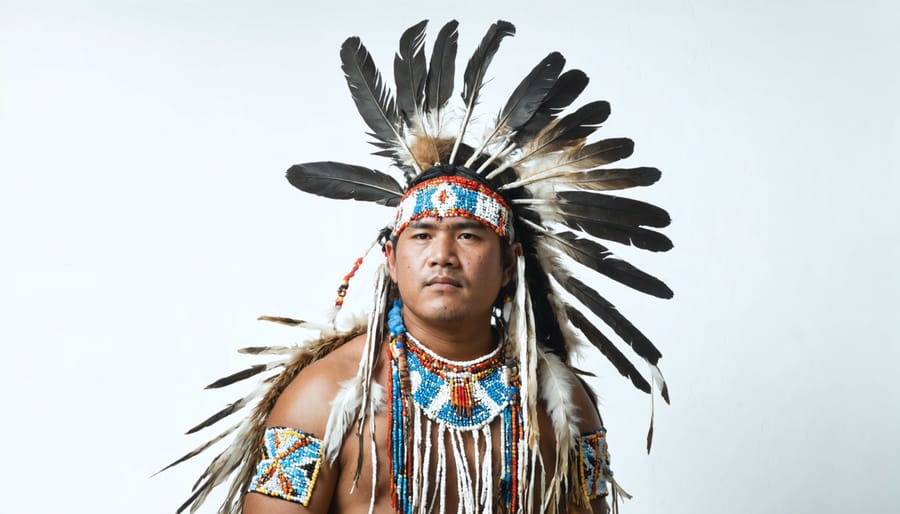
Impact on Contemporary Photography
Changing Industry Standards
Indigenous approaches to photography are fundamentally reshaping industry standards, introducing new perspectives on composition, subject representation, and ethical considerations. Professional photography organizations and institutions are increasingly adopting guidelines that respect indigenous protocols around image-making and sharing.
Many photography agencies and publications now require photographers to obtain proper cultural permissions before capturing ceremonies or sacred sites. This shift extends beyond mere legal releases to include meaningful consultation with community elders and cultural leaders. For instance, several major photo agencies have implemented policies requiring photographers to credit not just the location, but also the traditional custodians of the land where images were taken.
Technical practices are evolving too. The industry’s traditional emphasis on “exotic” or “otherworldly” portrayals is giving way to more authentic visual storytelling approaches. Photographers are learning to incorporate indigenous perspectives on light, timing, and spatial relationships. This includes understanding seasonal significance, traditional color symbolism, and cultural contexts that influence how subjects should be photographed.
Educational institutions are also adapting their curricula. Photography schools are integrating indigenous knowledge systems into their teaching, helping students understand different cultural approaches to visual representation. This includes learning about traditional protocols for capturing and sharing images, as well as understanding the importance of relationship-building before photography begins.
These changes represent a significant evolution in professional photography, creating more inclusive and respectful industry standards that benefit all practitioners while honoring indigenous perspectives.
Environmental and Social Documentation
Indigenous photographers and documentarians are revolutionizing environmental and social photography by bringing unique perspectives and storytelling traditions to the field. Their approach to documenting human narratives often emphasizes the deep connection between people and their ancestral lands, challenging conventional Western photographic practices.
This shift has introduced innovative techniques in composition and timing, where photographers prioritize circular storytelling and community-based approval processes. Rather than capturing isolated moments, indigenous photographers often create visual narratives that span generations, connecting past, present, and future relationships with the environment.
The impact is particularly evident in environmental photography, where indigenous perspectives highlight the interconnectedness of ecosystems and human communities. These photographers often incorporate traditional knowledge into their work, revealing subtle environmental changes that might be overlooked by conventional documentary approaches.
Social documentation has also evolved, with indigenous photographers emphasizing collaborative storytelling methods. Instead of the traditional observer-subject relationship, many practitioners now engage in participatory photography, where communities have agency in how their stories are told and shared.
This transformation has influenced the broader field of documentary photography, encouraging all practitioners to consider more inclusive and culturally sensitive approaches to visual storytelling. The result is a richer, more nuanced understanding of environmental and social issues through the lens of indigenous wisdom and experience.
Digital Integration
Indigenous photographers are masterfully bridging ancestral storytelling traditions with cutting-edge digital technology, creating a powerful fusion that’s reshaping contemporary photography. Many practitioners combine traditional ceremonial elements and cultural symbols with high-resolution sensors and advanced post-processing techniques, resulting in images that speak both to their heritage and to modern audiences.
For example, photographers like Cara Romero (Chemehuevi) utilize sophisticated lighting techniques and digital compositing to create otherworldly portraits that incorporate traditional regalia and contemporary settings. These artists often employ tools like focus stacking and HDR photography to capture the intricate details of traditional artifacts while maintaining their spiritual significance.
Digital platforms have also become vital tools for indigenous photographers to share their perspectives globally. Social media and online galleries allow them to maintain creative control over their narrative while reaching broader audiences. Many use metadata tagging in indigenous languages, helping preserve linguistic heritage while making their work discoverable.
The integration extends to the actual shooting process, where traditional ceremonies and protocols are respected alongside digital workflows. Some photographers incorporate ancient storytelling methods into their digital editing decisions, such as using color grading to reflect traditional color symbolism or arranging image sequences based on traditional narrative structures.
This technological embrace hasn’t diminished cultural authenticity – instead, it’s created new opportunities for indigenous photographers to document, preserve, and evolve their visual heritage while maintaining complete creative sovereignty.
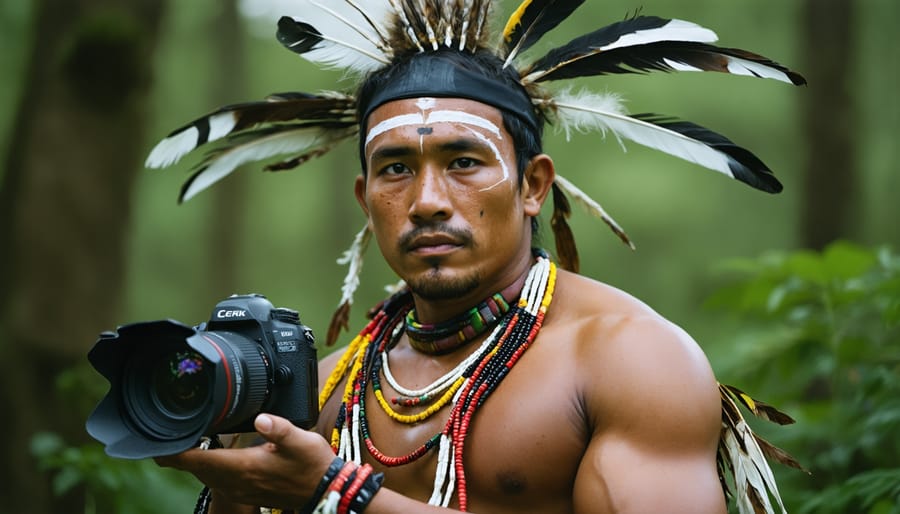
Practical Applications for Photographers
As photographers, we have a unique opportunity to contribute to the decolonization of imagery through thoughtful and respectful practices. Here are several actionable approaches you can implement in your photography work:
Start by building genuine relationships with indigenous communities before photographing them. This means investing time to understand their customs, protocols, and cultural significance of various elements. Attend community events without your camera first, listen to stories, and ask permission before documenting anything.
When capturing images, practice collaborative photography. Involve your subjects in the creative process by discussing how they want to be represented. This might mean letting them choose locations, poses, or even reviewing images together. Consider implementing a model of shared copyright or creative control over the final images.
Pay careful attention to composition and context. Avoid perpetuating stereotypes through your framing choices. Instead of seeking “exotic” or “traditional” shots that might reinforce colonial perspectives, focus on capturing authentic moments that reflect contemporary indigenous life and culture.
Documentation and captioning are crucial. Take detailed notes about the specific nation, community, or cultural context of your subjects. Use proper terminology and spellings for tribal names, ceremonies, and cultural elements. When possible, include direct quotes or stories from the people you photograph to ensure their voices are heard alongside their images.
Consider implementing a profit-sharing model when your work generates income. This might include sharing licensing fees, print sales, or exhibition revenues with the communities you photograph. Many indigenous photographers have established successful frameworks for this type of arrangement.
In post-processing, resist the urge to over-edit or apply filters that might alter the authentic representation of skin tones or traditional clothing colors. Be mindful of how your editing choices might affect the cultural integrity of the image.
Finally, use your platform to amplify indigenous voices. This could mean collaborating with indigenous photographers, featuring their work alongside yours, or using your social media presence to direct attention to indigenous-led photography projects and initiatives.
These practices not only contribute to the decolonization of photography but often result in more meaningful, authentic, and powerful images that tell stories with depth and respect.
The landscape of photography continues to evolve as indigenous perspectives reshape our understanding of visual storytelling and image-making. This transformation goes beyond merely changing who’s behind the camera – it’s fundamentally altering how we approach photography itself. Indigenous photographers are introducing traditional knowledge systems and cultural practices that challenge conventional Western photography methods, leading to innovative techniques and fresh artistic expressions.
These influences have sparked a movement toward more sustainable and culturally sensitive photography practices, from how we approach environmental photography to the way we document communities and tell their stories. Many photographers are now incorporating indigenous principles of reciprocity and respect into their work, creating images that serve not just as documentation but as bridges between cultures.
Looking ahead, this evolution promises to enrich the field of photography in unprecedented ways. As more indigenous voices enter the mainstream photography world, we’re witnessing the emergence of new visual languages that blend traditional wisdom with modern technology. This ongoing transformation isn’t just changing how we take pictures – it’s revolutionizing how we see and interpret the world through the lens, creating a more inclusive and diverse photographic landscape for future generations.
